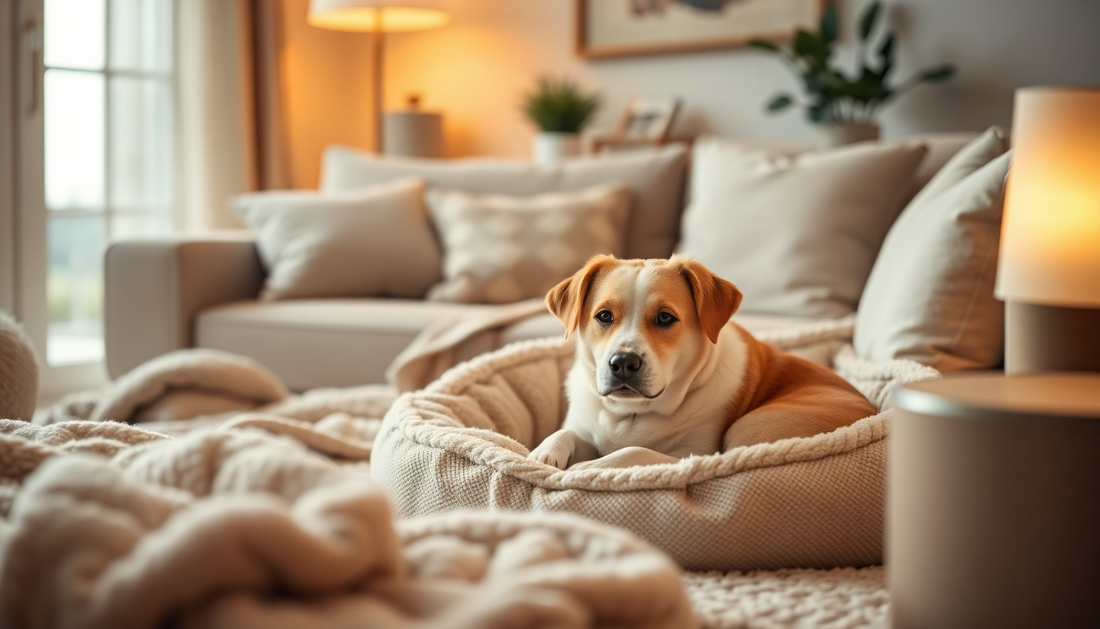
Creating a Safe Space at Home for Anxious Pets
Share
As pet owners, we want our furry friends to feel safe, secure, and comfortable in their home environment. However, some pets can struggle with anxiety, which can manifest in various ways, from excessive barking to destructive behavior. At Spot Pet Supply, we understand the importance of creating a calming oasis for our beloved companions, and we're here to share some practical tips to help you do just that.
Establish a Designated Quiet Zone
One of the most effective ways to help an anxious pet is to create a designated "safe space" within your home. This could be a cozy corner of a room, a spare closet, or even a crate or kennel that's been outfitted with soft bedding and familiar toys. Encourage your pet to retreat to this area when they're feeling overwhelmed, and make sure it's a space that's free from loud noises or high-traffic areas.
Incorporate Calming Scents
Certain essential oils and pheromones can have a soothing effect on anxious pets. Consider using a diffuser or spraying a calming scent, like lavender or chamomile, in your pet's safe space. You can also try using a pheromone-based product, like a calming collar or diffuser, to help your pet feel more relaxed.
Provide Comforting Distractions
When your pet is feeling anxious, it's important to have a few go-to distractions on hand. This could be a puzzle toy filled with their favorite treats, a new chew toy, or even a calming playlist of soothing music. Engaging your pet's senses can help redirect their focus and alleviate their anxiety.
Consider Supplements or Medications
In some cases, anxiety may be more severe, and your pet may benefit from additional support. Speak with your veterinarian about the possibility of using supplements or medications to help manage your pet's anxiety. They can provide guidance on the best course of action for your individual pet.
Remember, every pet is unique, and what works for one may not work for another. It may take some trial and error to find the right combination of strategies to help your anxious pet feel safe and secure in their home.
